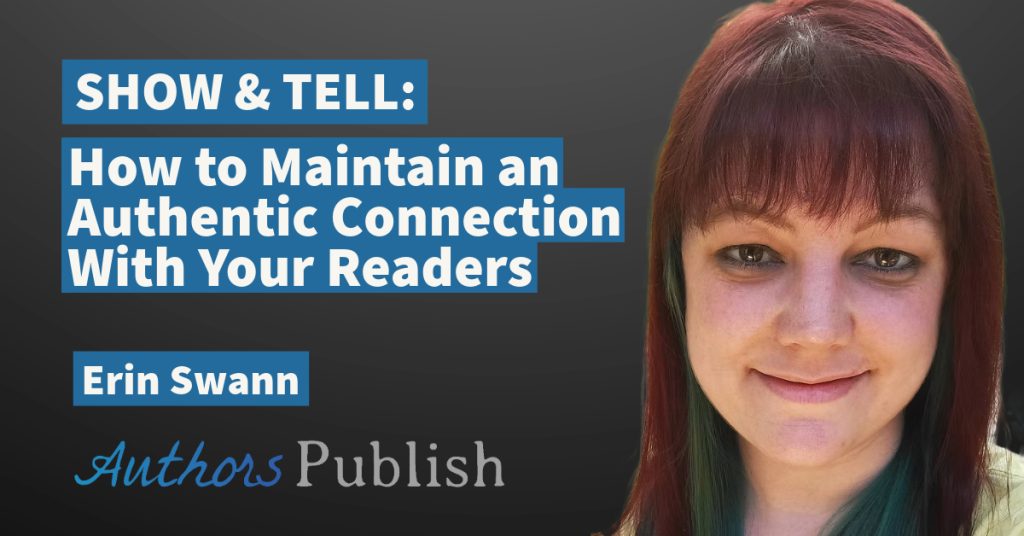By Deb Stark
My first publication credit was a poem in my high school yearbook. Only eight lines, it was a bittersweet tale about my teddy bear and the angst of aging. The poem was placed on the inside corner of a left-hand page and may have been selected more because of its size than any outstanding literary merit. It didn’t matter. I was thrilled to my words in print.
Over the years, I’ve kept writing. I’ve kept submitting – kind of. I’d hear about a contest or a magazine and send out a story. Every once in a while, I was successful. More often, I’d either find out it was rejected or give up hope. Then, I’d start again. I found the process haphazard and incredibly disappointing.
A lecture by Emily Harstone changed my perspective. She’s a regular contributor to Authors Publish and the author of Submit, Publish, Repeat.
Emily’s lecture helped me in several ways. To start, it made me look at my writing goals. Publication is important to me. I liked the validation that occurs when someone else thinks my work is worth sharing.
The talk reinforced what I had heard before – that finding a home for my stories warrants the same discipline as my writing. But Emily went further. She gave me a process to follow. Here are the steps I adopted.
- Setting a submission goal. Last year, I vowed to submit at least monthly and to always have something out for consideration. It may not sound very ambitious (Emily is a fan of simultaneous submissions. I’ve yet to incorporate that into my practice), but considering I was averaging two stories per year before that, it was a stretch goal for me. I also added “submission time” into my writing schedule. On Friday mornings, I concentrate on my publication efforts.
- Setting goals for each story. Some of my stories are better than others. I hope to see them in literary journals with high rejection rates. For other stories, sharing the piece will be enough. Recently, I have taken up the challenge of 100-word stories. It’s been refreshing to write with target publication sites in mind.
- Maintaining a list of potential publication sites. I have three sources that I watch for new opportunities. Authors Publish is the most comprehensive. I also monitor a newsletter by a local writing teacher which includes a section on where his students are being published. In Canada, an annual book called the Canadian Writers Contest Calendar is another useful resource. Along with that, I am always on the lookout for things like a magazine running a writing contest, or a tip from my writing colleagues.When you look, you find. Which can create another challenge. There are many, many places looking for submissions. How do you narrow it down? A quick look at titles and websites shortens the list quickly. My work is unlikely to find a home in magazines with names like SteamPunk Review, or SciFi Express.Personally, I like to start with Canadian publications. I don’t submit to sites that ask for reading fees, although I will pay a fee to enter a contest. I look for places with higher rejection rates because I see that as a measure of quality. I prefer sites that have been around a while but, when the fit is right, I do submit to a new journal.
- Measuring progress. I track acceptances and note if I’ve received any feedback on a story. I track rejections and I won’t lie – sometimes it hurts. But I’ve learned to see a rejection as a message. It’s a chance to pull story back out of my files and take another look at it. Now that I have a significant number of rejections, I also pay attention to where they are coming from. Knowing where my stories don’t fit is as important as knowing where they do.
So, has it helped? Yes. Last year, on average, I did submit one story per month. Three pieces were accepted which is a huge accomplishment for me.
I am more honest about the quality of my stories. I have a better sense of what might fit where.
Most importantly, I have established a routine. I continue to submit, and to schedule time to think about publication.
I don’t remember sending my poem to the yearbook committee. But obviously, even then, I wanted others to see my work. If sharing is important to you, seeing your story published is as rewarding as finishing a piece. Just like writing, publication might happen through luck. You’ll increase your chances immensely with some thoughtful effort.
Deb lives in rural Ontario with her husband, whatever cat they are fostering at the time, and too many raccoons to count. Her stories have been published in places such as The New Quarterly, Understory magazine, and FiveMinuteLit. In 2020, she placed second in the Toronto Star’s short story contest.






